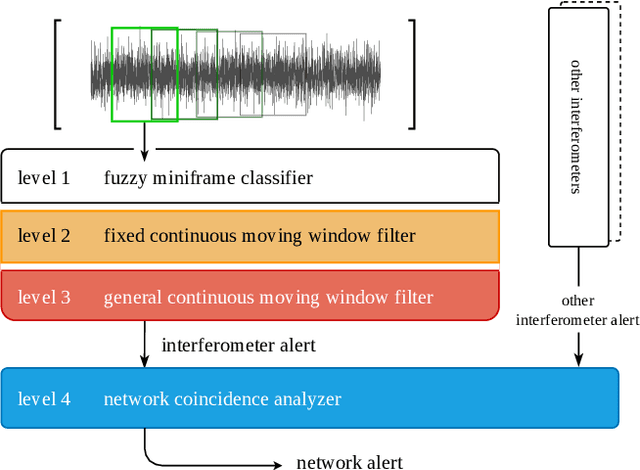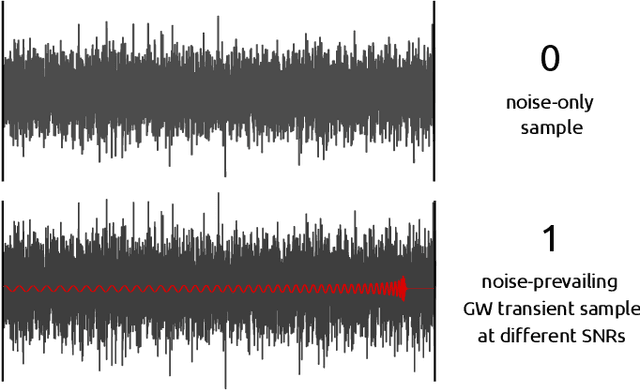Marco Russo
Quantum Kernel Estimation With Neutral Atoms For Supervised Classification: A Gate-Based Approach
Jul 28, 2023Abstract:Quantum Kernel Estimation (QKE) is a technique based on leveraging a quantum computer to estimate a kernel function that is classically difficult to calculate, which is then used by a classical computer for training a Support Vector Machine (SVM). Given the high number of 2-local operators necessary for realizing a feature mapping hard to simulate classically, a high qubit connectivity is needed, which is not currently possible on superconducting devices. For this reason, neutral atom quantum computers can be used, since they allow to arrange the atoms with more freedom. Examples of neutral-atom-based QKE can be found in the literature, but they are focused on graph learning and use the analogue approach. In this paper, a general method based on the gate model is presented. After deriving 1-qubit and 2-qubit gates starting from laser pulses, a parameterized sequence for feature mapping on 3 qubits is realized. This sequence is then used to empirically compute the kernel matrix starting from a dataset, which is finally used to train the SVM. It is also shown that this process can be generalized up to N qubits taking advantage of the more flexible arrangement of atoms that this technology allows. The accuracy is shown to be high despite the small dataset and the low separation. This is the first paper that not only proposes an algorithm for explicitly deriving a universal set of gates but also presents a method of estimating quantum kernels on neutral atom devices for general problems using the gate model.
A Novel Multi-Layer Modular Approach for Real-Time Gravitational-Wave Detection
Jun 13, 2022



Abstract:Advanced LIGO and Advanced Virgo ground-based interferometers are poised to probe an unprecedentedly large volume of space, enhancing the discovery power of the observations to even new sources of gravitational wave emitters. In this scenario, the development of highly optimized gravitational wave detection algorithms is crucial. We propose a novel layered framework for real-time detection of gravitational waves inspired by speech processing techniques and, in the present implementation, based on a state-of-the-art machine learning approach involving a hybridization of genetic programming and neural networks. The key aspects of the newly proposed framework are: the well structured, layered approach, and the low computational complexity. The paper describes the basic concepts of the framework and the derivation of the first three layers. Even if, in the present implementation, the layers are based on models derived using a machine learning approach, the proposed layered structure has a universal nature. To train and test the models, we used simulated binary black hole gravitational wave waveforms in synthetic Gaussian noise representative of Advanced LIGO sensitivity design. Compared to more complex approaches, such as convolutional neural networks, our framework, even using the simple ground model described in the paper, has similar performance but with a much lower computational complexity and a higher degree of modularity. Furthermore, the underlying exploitation of short-term features makes the results of the new framework virtually independent against time-position of gravitational wave signals, simplifying its future exploitation in real-time multi-layer pipelines for gravitational-wave detection with second generation interferometers.
 Add to Chrome
Add to Chrome Add to Firefox
Add to Firefox Add to Edge
Add to Edge